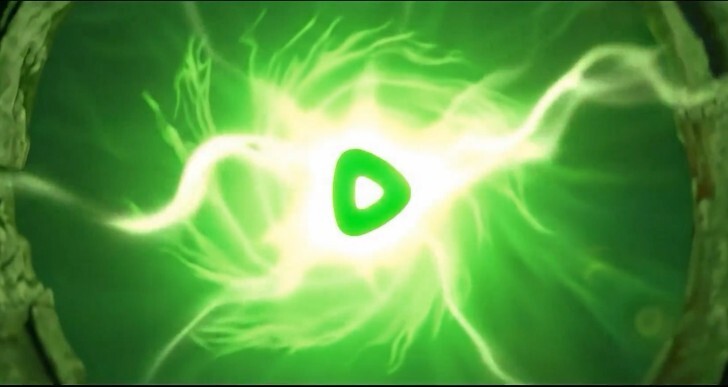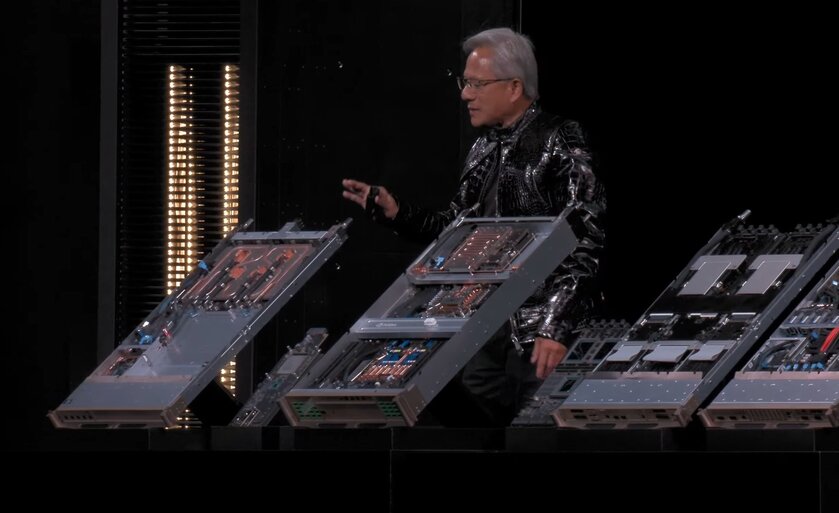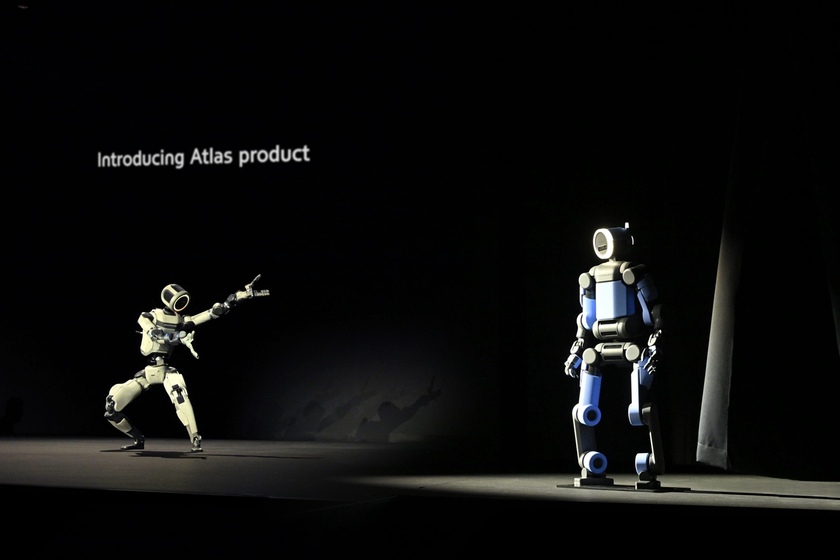In a court filing Wednesday, U.S. Department of Justice(DOJ) argued that Google should divest its Chrome browser to help break up the company’s illegal monopoly in online search, as the antitrust case against the internet giant escalates in the U.S District Court of the District of Columbia. If the court sides with DOJ, such a decision could fundamentally change one of the world’s largest businesses and alter the current structure of the internet.
It's up to District Court judge Amit Mehta to decide what Google’s final punishment will be. That phase of the trial is expected to kick off sometime in 2025. The court ruled in August that Google was an illegal monopoly for abusing its power over the search business. The judge also took issue with Google’s control of various gateways to the internet and the company’s payments to third parties in order to retain its status as a default search engine.
Google’s ownership of Android and Chrome as key distribution channels for its search business, pose “a significant challenge” to apply remedies for making the search market competitive, the DOJ suggested in the latest court filing.
Other remedies proposed by the DOJ to address the search giant’s monopoly, include the spinning off of its Android mobile operating system. The court filing noted that Google and other partners might be against that spin-off and suggested strict remedies, including not using Android to disadvantage its search competitors.
The DOJ also argued that the company should be prohibited from entering into exclusionary third-party contracts with browser or phone companies, such as Google’s contract with Apple, which is to be the default search engine on all Apple products. Prosecutors also argued that Google should license its search data along with ad click data to rivals.
Prosecutors suggested conditions that will prohibit Google from entering the browser market again for five years after the company spins off Chrome. And that after the Chrome sale, Google shouldn’t acquire or own any rival ad text search, query-based AI product, or ads technology. The filing outlined provisions for publishers to opt out of Google using their data to train AI models.
The DOJ's suggestions, if accepted by the court, could hurt Google's progress in its competition with artificial intelligence companies like OpenAI, Microsoft, Anthropic and xAI. The search giant is set to file its response to DO's filing next month.
“DOJ’s wildly overbroad proposal goes miles beyond the Court’s decision. It would break a range of Google products -- even beyond Search -- that people love and find helpful in their everyday lives,” president of global affairs and Google’s chief legal officer Kent Walker said in a blog post.
Walker argues that “DOJ’s approach would result in unprecedented government overreach that would harm American consumers, developers, and small businesses -- and jeopardize America’s global economic and technological leadership at precisely the moment it’s needed most.”















